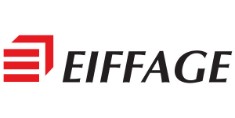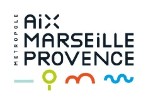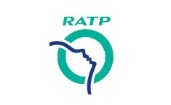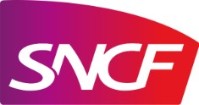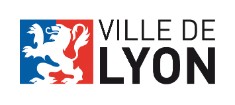
What are the origins of traffic signs?
With over 600 traffic sign models in use today, it’s easy to feel overwhelmed! But before diving into memorizing them all, let’s embark on a journey through history and discover how traffic signs evolved into the system we know today.
The origin in the Roman Empire

Basically, the history of traffic signs dates back to antiquity and originates from the Romans. During the Roman Empire, they created stone markers, called milestone, which indicated distances and directions to travelers. These markers also featured information about ongoing maintenance works along with the name of the emperor.
The royal markers

As early as 1745, Louis XV installed stone markers adorned with fleurs-de-lis along the royal roads every 2 kilometers. Therefore, these markers were intended to identify royal infrastructures, but also to define the water supply system for the Palace of Versailles.
The “Fingerpost“

A “fingerpost” is a guidance post that points the way to a named location. Its purpose is to guide users towards a specific destination. Afterwards, these posts, made of wood or cast iron, are classic models in the United Kingdom.
The first modern and automobile signs
With the arrival of automobiles in the 20th century, the first signs were born to regulate and secure traffic. As a result, the implementation of these signs was disorganized, and certainly countries did not have standardized signage. In France, the first signs were those that contained the inscription ‘Ralentir’ (Slow down) and ‘Allure modérée’ (Moderate speed). It was in 1902 that the General Automobile Association created signs indicating dangers.
The standardization of signage
In 1909, during a diplomatic conference in Geneva, an attempt at international standardization of signs took place. Consequently, this conference resulted in some distinctions between signs. However, it was truly in 1926, during a meeting in Paris, that the Permanent Committee on Road Traffic decided to standardize traffic signs in Europe. Following this committee, the danger signs became triangular and rounder.
In 1931, an international convention on the standardization of road traffic signs was signed, giving rise to 4 types of signs :
- Danger
- Caution
- Prescription
- Information
In 1949, the Geneva Protocol distinguished :
- Danger signs
- Prohibition signs
- Obligation signs
- Information signs
- Supplementary panels
In 1971, a European agreement on road signs was ratified to distinguish :
- Vertical signage from horizontal signage
- Permanent signage from temporary and variable signage
- And signage for motorways, cyclists, and pedestrians
What the regulations say
Rules and standards have been put in place to ensure road safety. However, with the advent of new technology and evolving needs, these rules and standards have undergone changes. Regulations come into play to set specific rules, for example, to make signs more visible with retro reflective films. Standards, on the other hand, dictate sizes, colors, and placements.
With digital development, new needs have arisen. For example, with electric vehicles, signs indicating charging zones have been created. And with technological advancements, illuminated signs have emerged to provide more visibility to drivers.
What WP Signalisation offers
WP Signalisation offers road signs compliant with French and European standards, customizable signs, and also illuminated signs.
Discover our signs on our shop panneau-de-signalisation.com
For more information, contact us via our form.




